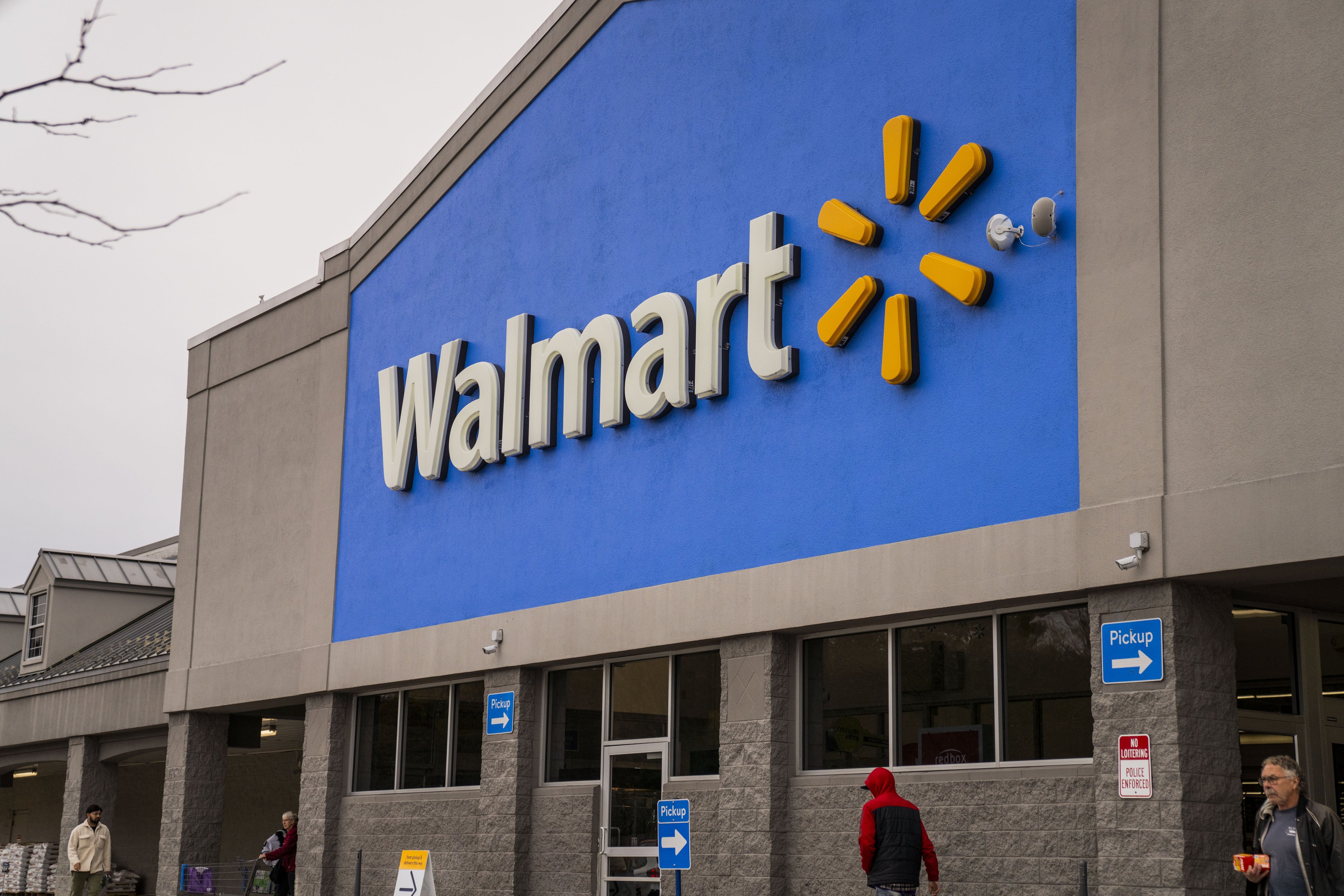Last month, a Reuters/University of Michigan survey revealed an unexpected deterioration in consumer sentiment. And then, just last week, following leaked internal emails about "disastrous sales," Wal-Mart (WMT +0.64%) cautioned investors that it expects sluggish results for the current quarter. If this is a sign of economic woes to come, just how far might this latest trade-down trend go? And are certain companies better positioned than others to meet the challenge?
Strapped consumers
The retailing giant cited three reasons for its tempered outlook.
1. The 2% increase in payroll taxes that went into effect on January 1.
2. The delay in tax refunds as a result of the IRS' two-week rollback to the start of the tax season.
3. Higher gas prices. According to the Department of Energy, a gallon of regular costs nearly 12% more than it did three weeks ago.
While all three circumstances are affecting everyone's pocketbook, it's the latter two that are hitting lower-income consumers harder than higher-wage earners. Elevated gas prices don't strain the budgets of higher-wage earners the same way they do for lower-wage earners. And, come April 15, most high wage earners need to write Uncle Sam a check -- not get one back.
Companies' conundrum
As we saw during the financial crisis, lower-wage earners aggressively price-shop and trade down during tough economic times. And companies that rely on consumer spending -- like packaged food companies, discounters, mass retailers, supermarkets, and restaurants -- feel the pinch too. As customers rein in their spending, consumer goods companies are faced with a big problem: They can either lower prices or not change them at all.
For instance, if a company lowers prices, it risks loss of revenue and margin contraction. But a company hopes lower prices will lure customers in, and that the increase in volume sales will be enough to offset the price cuts, and that margin contraction will be minimized at best. On the other hand, if a company chooses to keep prices as is, it risks loss of revenue and, over time, market share degradation.
Case in point
As a recent example, last year Kraft Foods Group (NASDAQ: KRFT) received pressure from competitors regarding cold cuts prices. In response, the maker of Oscar Mayer, Velveeta, and Jell-O refused to budge on its pricing. As a result, cold-cuts-buying customers reached for competitors' lower-priced products, which eventually led to loss of market share for Kraft. The company posted a decline in fourth-quarter revenues -- due in part to its reaction to this pricing conundrum. Kraft is now lowering sales forecasts and retooling marketing strategies.
On the other hand, Tyson Foods (TSN +0.81%) quickly anticipated the trade-down trend and beefed up its lower-priced offerings to adapt to the downshift in consumer spending. Tyson's chicken sales surged nearly 11% in January, compared to the same period last year. Likewise, McDonald's (MCD +0.80%) introduced an inexpensive sandwich and spent heavily on advertising its Dollar Menu. So far, Mickey D's has been rewarded for seeing the writing on the wall and reacting appropriately: The company's same-store sales in the U.S. were up in January.
Wal-Mart surely doesn't want another repeat performance of what took place in the wake of the financial crisis. During the Great Recession, Wal-Mart customers flocked in droves to deep-discount retailers like Dollar Tree (DLTR +2.08%), which ultimately took some market share from behemoth Wal-Mart. In anticipation, Wal-Mart is stocking store shelves with cheaper goods and smaller packaging of spendier items like diapers.
Dollar Tree will report its fourth-quarter earnings before the opening bell on Wednesday. And investors will surely be looking to see if its management expects consumers to face the same economic pressures Wal-Mart noted in its earnings release.
Foolish bottom line
The big questions are how long this trade-down trend will continue and to what degree. If it is prolonged and severe, then it'll undoubtedly have a real impact on the consumer goods sector in particular, which makes up a huge part of the U.S. economy. In the meantime, companies are preparing for what might be a long and bumpy road ahead.









